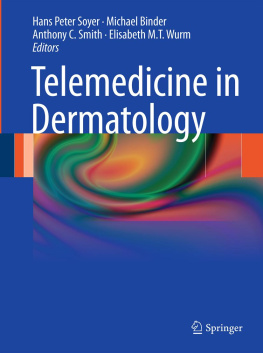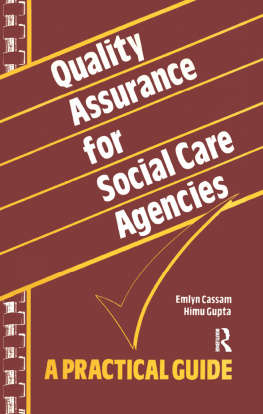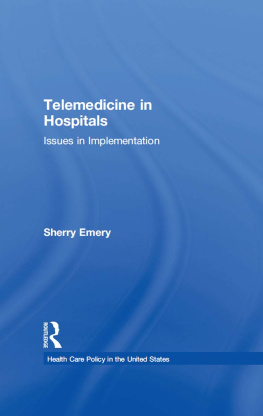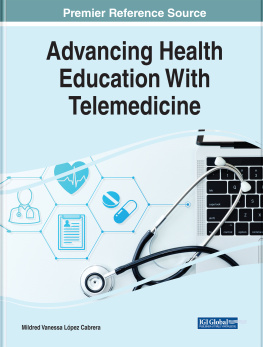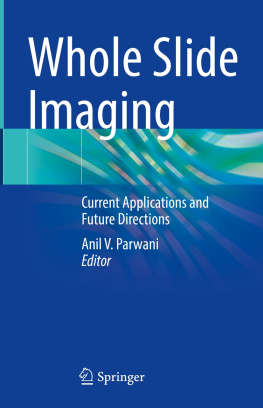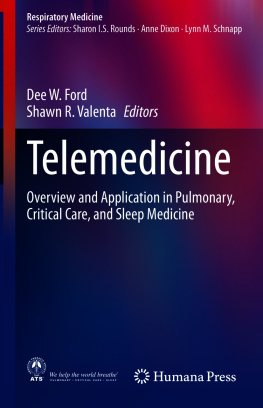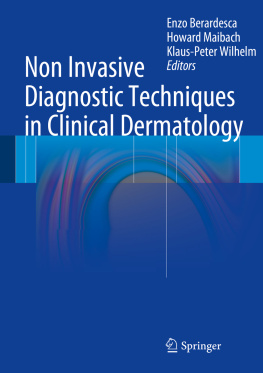Definition
Telemedicine is an emerging field of medicine, providing access to medical knowledge that would otherwise not be available at a particular location. It is commonly defined as the use of telecommunication technologies for the exchange of medical information over a distance for the purpose of patient management (including triage, diagnosis, therapeutic suggestions, as well as follow-up) and medical education [] underlining the growing interest in this field.
Historic Review of Telemedicine and Teledermatology
The history of telemedicine is closely linked to the evolution of telecommunication and information technology. The term telemedicine itself was first used in 1970, although the concept of transferring medical information over a distance itself is much older. In fact, distance communication has been used for centuries to convey messages comprising medical information by means of bonfires, telegraphs, and the telephone, for example []. However, it has been the ongoing technical evolution of the last two centuries that has led to a boom in telemedicine.
One of the first reported telemedicine projects was the telecardiogram in 1906, which transmitted electrocardiograms via a telephone network, created by Wilhelm Einthoven, the inventor of the electrocardiograph [].
The majority of these early telemedicine projects, however, did not stand the test of time due to their poor cost-effectiveness. It was not until the early 1990s that telemedicine experienced a revival, fuelled by rapid advancements and reduction of price in information and communication technology as well as digital imaging. Whereas such a Pubmed literature search 15 years ago, using the search phrase telemedicine in 1994, would have produced about 300 publications in total, by May 2011, there were nearly 13,000 entries under the search term telemedicine in Pubmed, and more than 300 using the search terms teledermatology as well as telemedicine and dermatology.
The probably first reported use of telemedicine in dermatology dates back to 1972, when skin lesions of patients of the Logan International Airport Medical Station were assessed by dermatologists at the Massachusetts General Hospital telemedicine center on a television screen [].
The most recent development are mobile telemedicine solutions that do not depend on stationary systems, but utilize mobile satellite and cellular telecommunication networks for the delivery of health care [].
Stimuli to Implement Teledermatology
The stimulus to implement telemedicine derives from the need to address several problems such as inequity in access of (specialist) medical care as well as rising costs of medical care. Teledermatology is a unique tool to provide dermatologic care, its application comprise the entire field of dermatology ranging from primary diagnosis and treatment management to homecare, specialist consultations, and research and teaching purposes. It can be applied in remote locations, including underserved rural areas as well as developing countries with a shortage of trained dermatologists without inconvenience, time expenditure, and involved costs of patient travel. Furthermore, in urban areas, teledermatology has valuable applications in patient management and medical education and opens the door for telework options with flexible hours for dermatologists.
Approaches to Teledermatology Communication
The most common application of teledermatology is specialist referral. This involves telecommunication between a medical professional and a remote specialist/specialized center in order to get a second opinion on diagnosis and/or treatment advice in an equivocal case, thereby avoiding moving the patient to another location. A study conducted by Lozzi and colleagues showed that diagnostic accuracy in equivocal inflammatory and neoplastic skin conditions can be increased by up to 30% with the aid of teledermatology []. Dermoscopy is specially suited for this, because images can be easily obtained by a health care worker and interpreted in a store-and-forward application by a specialist.
Digital dermoscopic imaging enables to forward dermoscopic images (together with clinical information and macroscopic images) to specialists using a store-and-forward approach [] Therefore, teledermoscopy has been suggested as a triage tool to filter out clearly benign lesions, allowing obvious malignancy and equivocal lesions to be appropriately managed in specialized facilities.
A study by Moreno-Ramirez et al. showed that 51% of (benign) skin lesions could be filtered by a teledermatologic triage system, with excellent interobserver agreement for management decisions between FTF and teledermoscopy [] assessed the potential of teledermoscopy as a triage tool for 200 patients with 491 lesions referred to a skin lesions clinic in New Zealand. Patients were seen FTF by two of three dermatologists respectively; two telediagnoses were acquired. The diagnoses were compared to histopathology for those lesions excised. The exact concordance between FTF and teledermatology was 74% with predominately minor discrepancies in diagnoses. The concordance between FTF diagnoses ranged between 75.5% and 82.2%. However, for those lesions excised, teledermoscopy was superior to FTF when compared to histopathology.
Teledermoscopy is, of course limited as it relies on images of acceptable quality (which, with recent advances in imaging technology is becoming a minor problem) and, more importantly the risk of missing other clinically important lesions. However, it has great potential as a supportive complement to current FTF management plans which leave gaps in between routine FTF examinations and a tool to decrease the personal barrier to approach a specialist, thus enabling timely and appropriate treatment of melanoma.

